Introduction
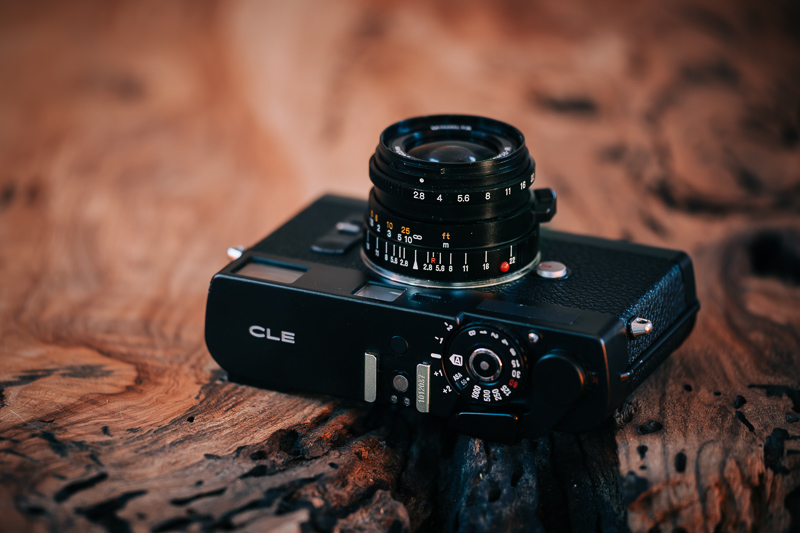
The Minolta 28mm 2.8 M-Rokkor was released alongside the Minolta CLE and is one of the most affordable 28mm M-mount lenses these days. Unfortunately it is also infamous for developing “white dot issues”, probably the main reason for this lens still being affordable on the used market. What is this all about and is it still a good idea to buy this lens or should you rather stay away from it? Let’s find out.
Lens is being tested on 42mp Sony A7rII and 24mp Leica M10
Sample Images
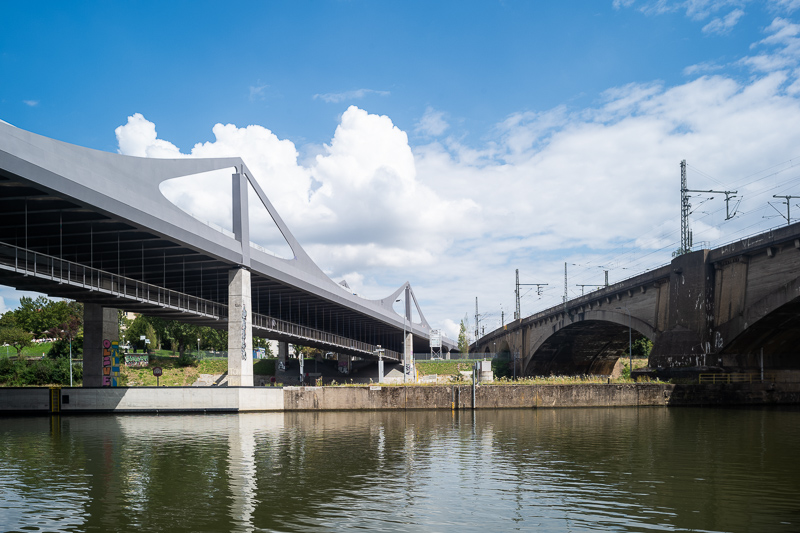
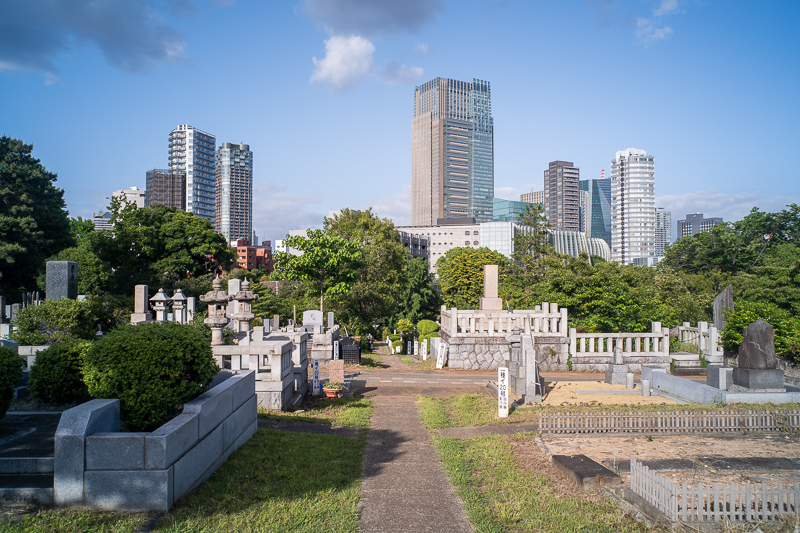
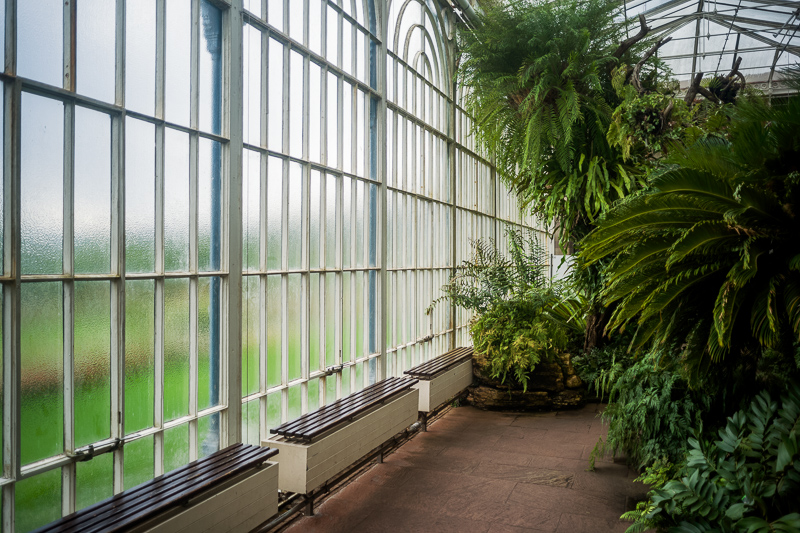
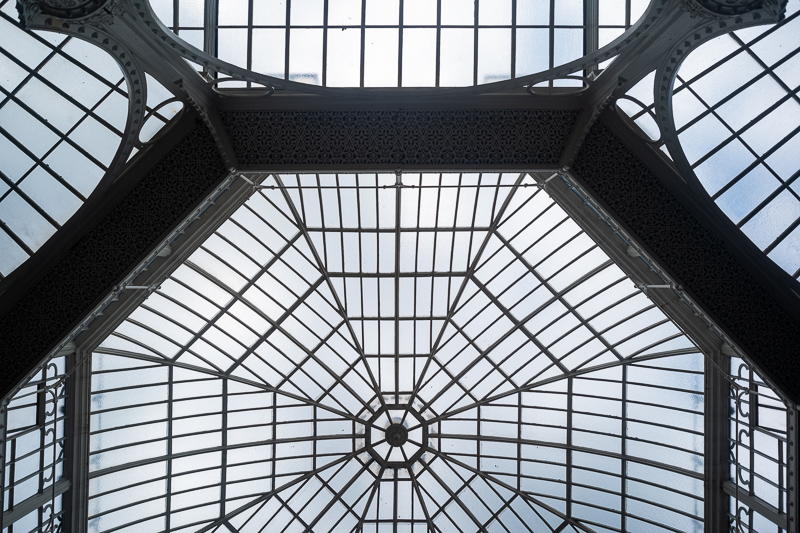
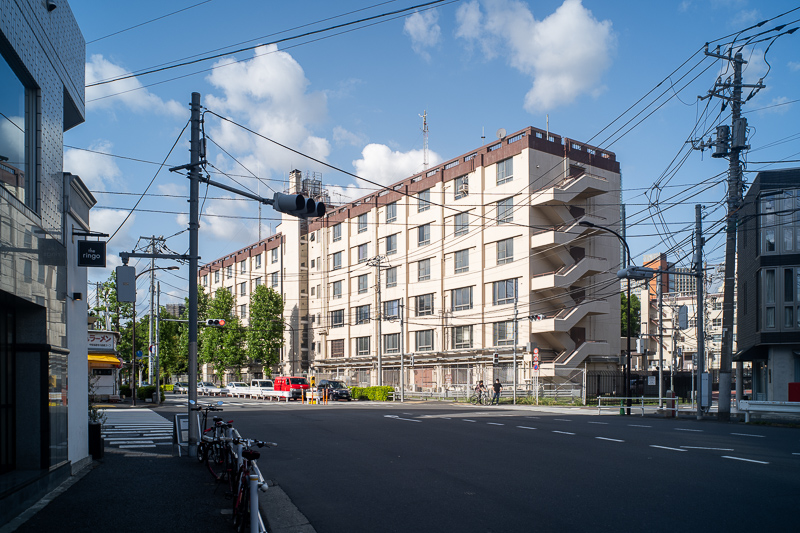
You can find most of the sample images in full resolution here.
Contents
Disclosure
The Minolta 28mm 2.8 M-Rokkor was kindly provided free of charge by our reader Victor for reviewing purposes. Thanks a lot!
As this sample of the lens wasn’t in perfect condition I asked my friend Juha if I could use some of his pictures for the review, as he owns a sample in better condition. His pictures are those taken on a Sigma fp.
Specifications
The Minolta 28mm 2.8 M-Rokkor has the following specifications:
-
- Diameter: 51 mm
- Field of view: 75° (diagonally)
- Length: 35 mm
- Weight: 136g (measured)
- Number of Aperture Blades: 10 (straight)
- Filter diameter: 40.5 mm
- Elements/Groups: 7/5
- Close Focusing Distance: 0.8 m (measured)
- Maximum Magnification: 1:23.6 (measured)
- Mount: Leica-M
You can buy this lens from ebay.com (affiliate link) expect to pay $200 for one full of white dots and $450+ for one in actually good condition
Handling / Build Quality
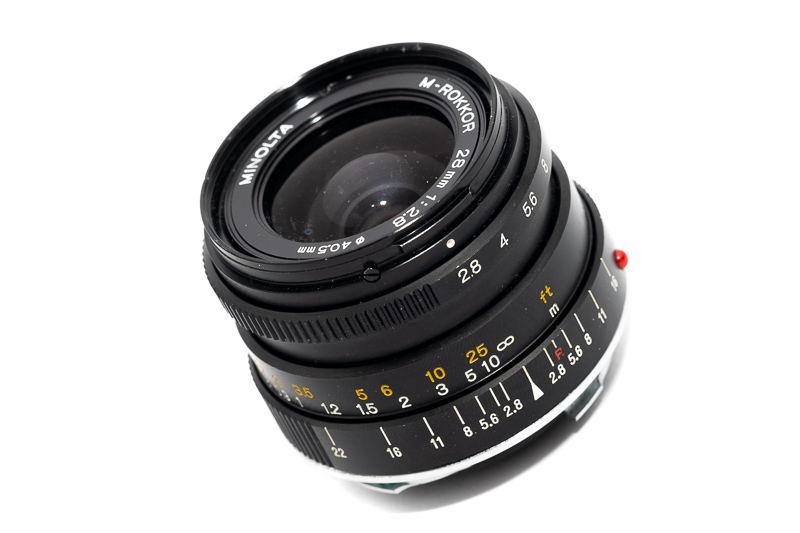
In terms of casing design and colors the three Minolta M-mount lenses strongly resemble the style of original Leica M-mount lenses of that era. When comparing this 28mm 2.8 (and also the 40mm 2.0) to e.g. my similarly old Leica 90mm 2.0 from 1987 (or modern Voigtländer and TTArtisan lenses) the build quality does not feel as nice though: the focus rings of the Minolta lenses have a rather low resistance and both their helicoids show a bit of slack. I don’t know if they have always been like that or if it is simply because they have been used a lot over the past 40 years though.
The focus ring turns ~110° from its minimum focus distance of 0.8 m to infinity. The aperture ring features equidistantly spaces half-a-stop click-stops between f/2.8 and f/22.
All the markings are engraved and filled with paint and most parts of the outer barrel feel like they are made from metal. I am not 100% sure about the small focus tab though, it feels like that one is made from plastic.
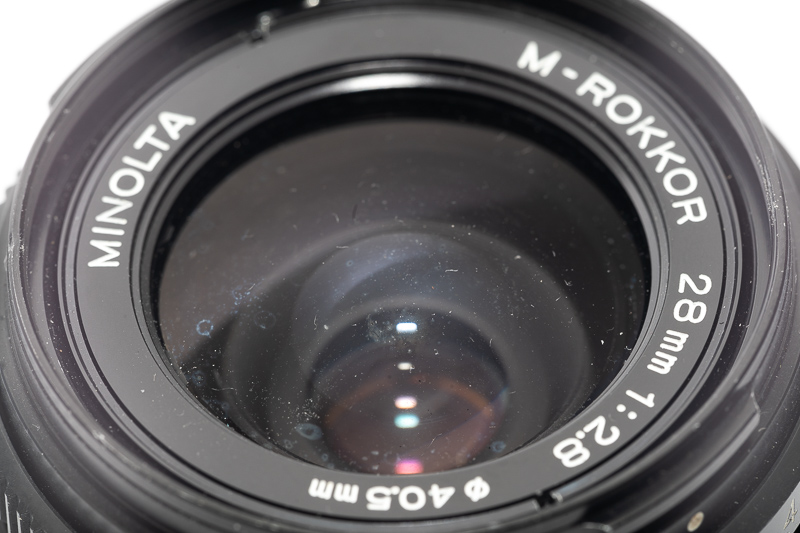
An issue very common to encounter with this lens are white dots behind the edges of the front element and apparently also some condensation that shows up as oil on the rear of the front element. This very lens has been taken apart and cleaned by its owner, but you can still see traces of this issue and you can also still notice a negative impact on this lens’ flare resistance, as I will show you in the corresponding section.
While there were retractable screw-in rubber hoods available for the 40mm 2.0 and 90mm 4.0, the hood for this 28mm 2.8 is a round vented one that attaches via a bayonet.
The Minolta 28mm 2.8 M-Rokkor brings up the correct 28mm framelines on the Minolta CLE. On the Leica M6/M10 it brings up the 35/135mm pair, you can however use the frame preview lever to display the 28/90mm pair. As long as you don’t use a hood there is only minimal rangefinder blockage in the lower right corner when the lens is set to its minimum focus distance. With the lens set to infinity there is hardly any.

While compact, this 28mm 2.8 is neither as small as its longer sibling the 40mm 2.0 nor the Leica 28mm 2.8 Elmarit-M or its newest competitor, the Voigtländer VM 28mm 2.8 Color-Skopar.
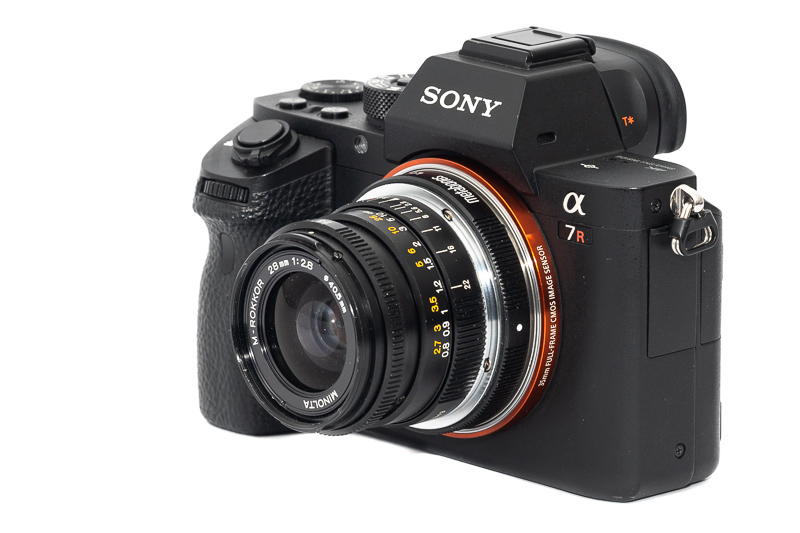
The lens can of course be adapted to modern mirrorless cameras. When coupled with a Sony E-mount or Nikon Z-mount camera you can e.g. use the TTArtisan 6-bit adapter to give it Exif data or the Techart LM-EA9 to equip it with autofocus.
Vignetting
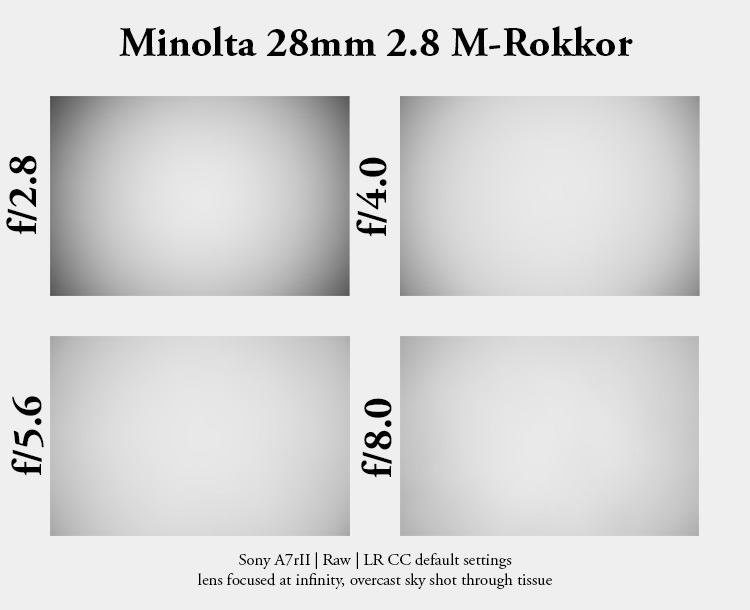
| f/2.8 | 2.9 EV |
| f/4.0 | 2.1 EV |
| f/5.6 | 1.5 EV |
| f/8.0-f/22 | 1.3 EV |
The vignetting figures are not low, but in line with what is to be expected from a compact 28mm f/2.8 lens. The Voigtländer VM 28mm 2.0 Ultron MK II performs a bit better at f/2.8 but worse stopped down. The Brightin Star 28mm 2.8 shows very similar vignetting figures.
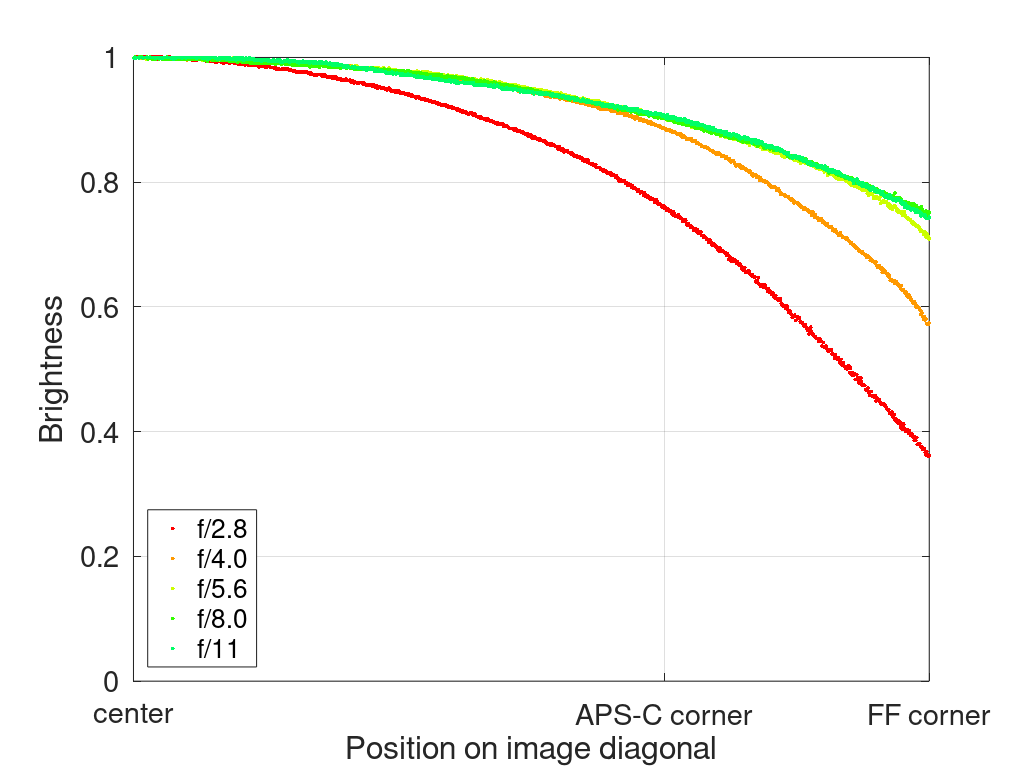
It is recommended to have a look at this article first to get an idea how this brightness graph works.
Sharpness
Focus shift
This Minolta 28mm 2.8 M-Rokkor shows no visible focus shift even on 42mp cameras.
infinity (42mp Sony A7rII, 24mp Leica M10)
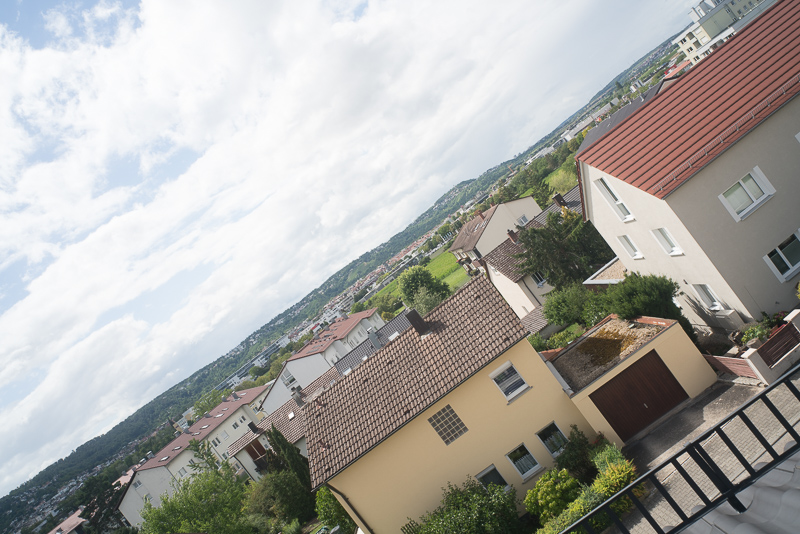
Now on the Leica M10 this lens shows a very fine performance with good resolution across the whole frame from f/2.8.
On the Sony camera (this would also apply to other mirrorless cameras with a thicker sensor stack) the situation is a bit different, here the lens needs to be stopped down to f/8.0, or better f/11, to look as good in the corners as on the Leica camera at f/2.8.
The problem is that many of these lenses suffer from haze, allegedly caused by oil on the rear of the front element, significantly decreasing the overall contrast and also saturation.
This becomes very obvious when comparing it to a modern lens without any such issues:
If you look closely you will see this issue in many of the sample pictures and I also added a few, where it is very obvious, to the flare resistance section.
close distance (0.8 m, 42mp Sony A7rII)
A minimum focus distance of 0.8 m is pretty long for a 28mm lens. Modern non-M-mount 28mm lenses usually focus as close as 0.3 m and even the modern M-mount lenses can often be focused down to 0.5 m at least.
At close distances at f/2.8 the image is a bit soft, but stopping down to f/4.0 already makes a big difference.
Flare resistance
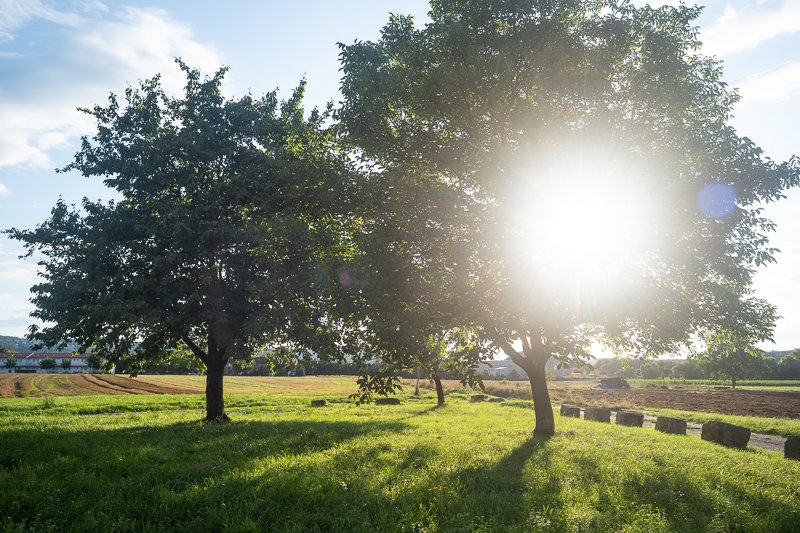
As I told you before this lens is known for having issues with white dots showing up behind the front element and that this very sample has been cleaned by its owner, but as I have also shown you the lens is not perfectly clean, so we will see what the performance in this category is like now.
There is a bit of a blooming effect around strong point light sources which I think might be because of the aforementioned issues.
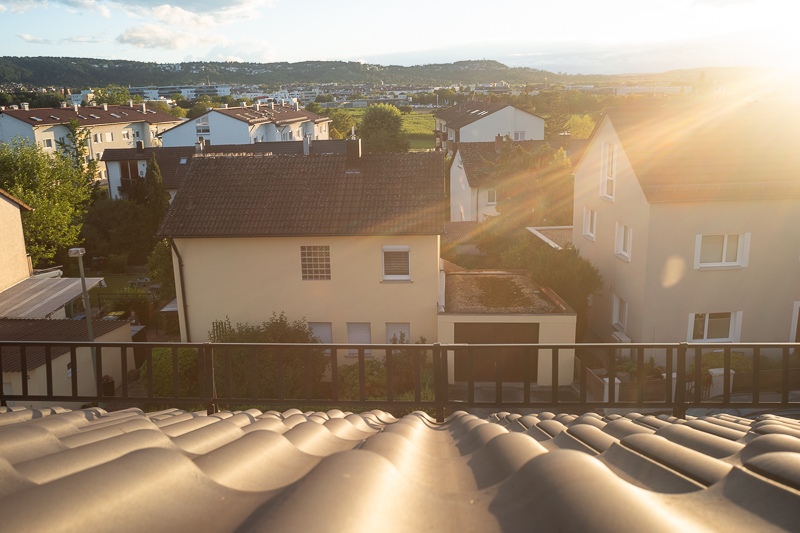
With the sun barely outside the frame there is that one position leading to huge veiling flare, but this can easily be avoided by slight reframing.
As I already told you in the sharpness section what is a bit more of an issue (and I encountered this frequently): even in overcast and seemingly unproblematic conditions there is often some haze stealing away a lot of the contrast, here easily visible on the building in the back and the tree line on the right:
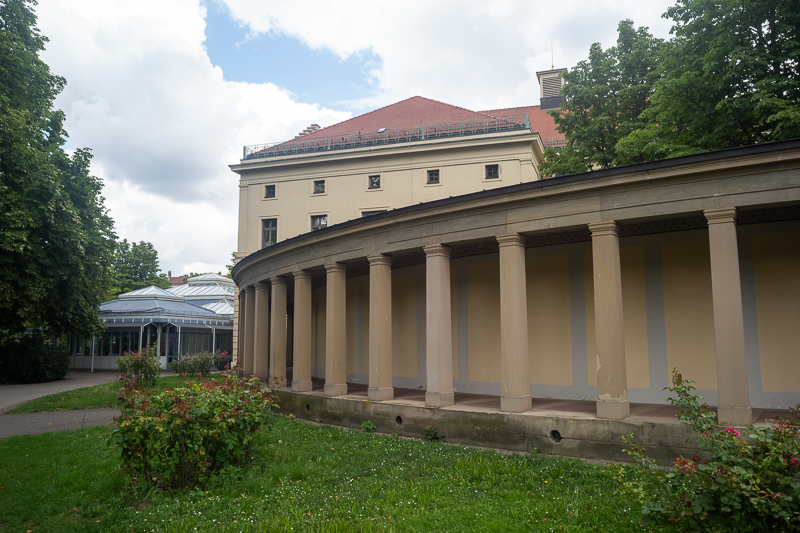
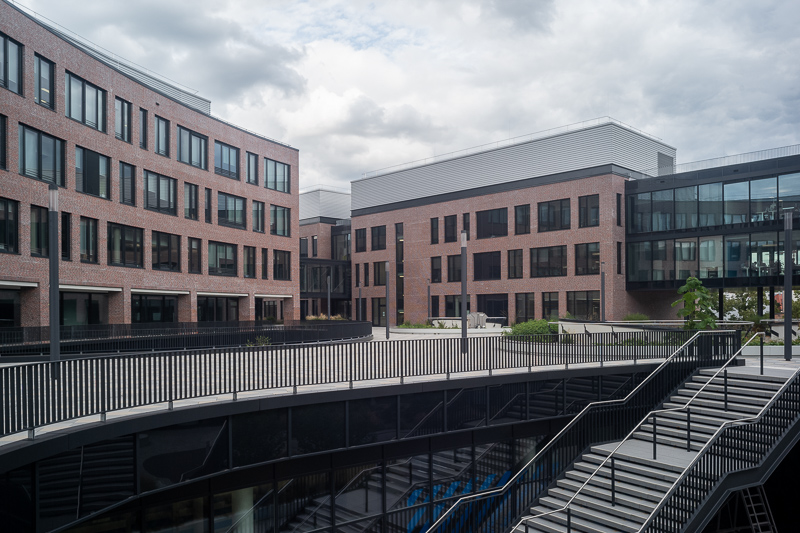
Coma
100% crops from extreme corner, Leica M10, focus at infinity hard stop
We saw good corner resolution at infinity, so coma shouldn’t be a huge problem. At f/2.8 we do some – which is probably the reason for the lower contrast in the corners we saw in the sharpness section – but the situation improves noticeably at f/4.0 and at f/5.6 the corners are completely clean.
Distortion
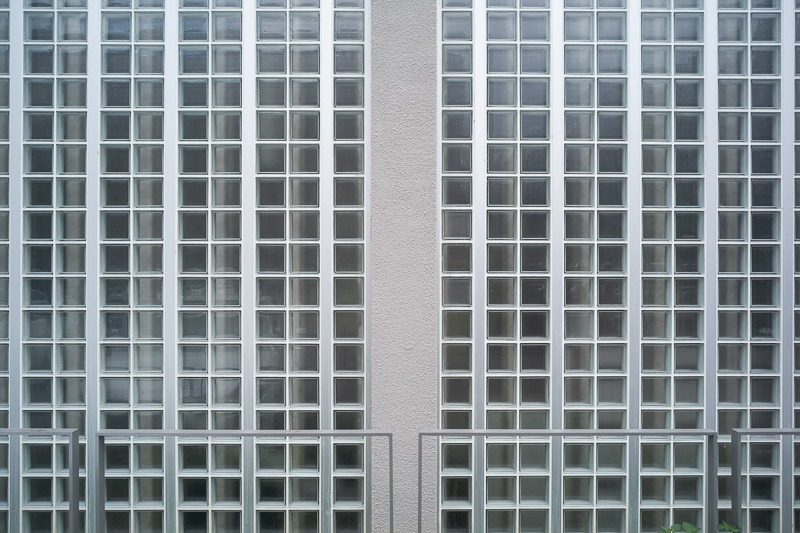
The Minolta 28mm 2.8 M-Rokkor is almost distortion free.
Sunstars
This Minolta 28mm 2.8 is using 10 straight aperture blades like many of the Voigtländer VM/E and Zeiss ZM/Loxia lenses, leading to pretty nice sunstars between f/5.6 and f/16. At f/2.8 and f/22 the opening is perfectly round, so no sunstars at these settings.
If you want to learn more about this topic have a look at this article.
Bokeh
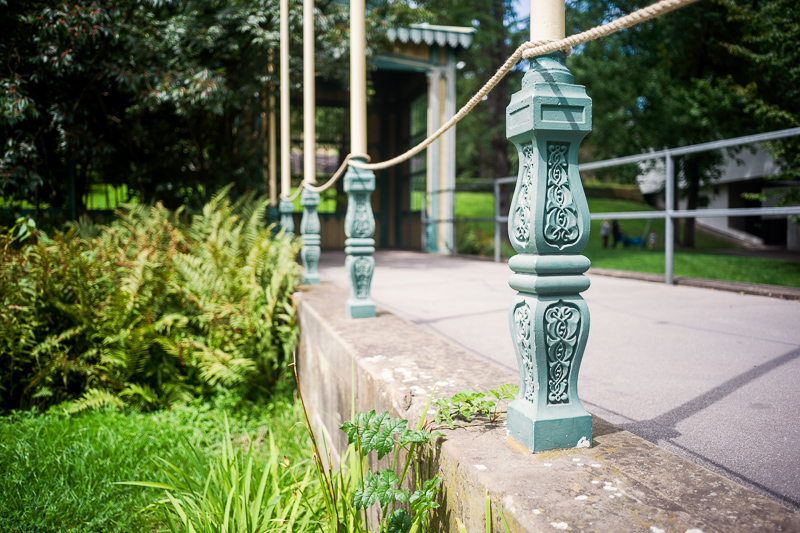
A maximum aperture of f/2.8 coupled with a minimum focus distance of 0.8 m in a 28mm lens is pretty bad news if you are after some nicely blurred out of focus backgrounds.
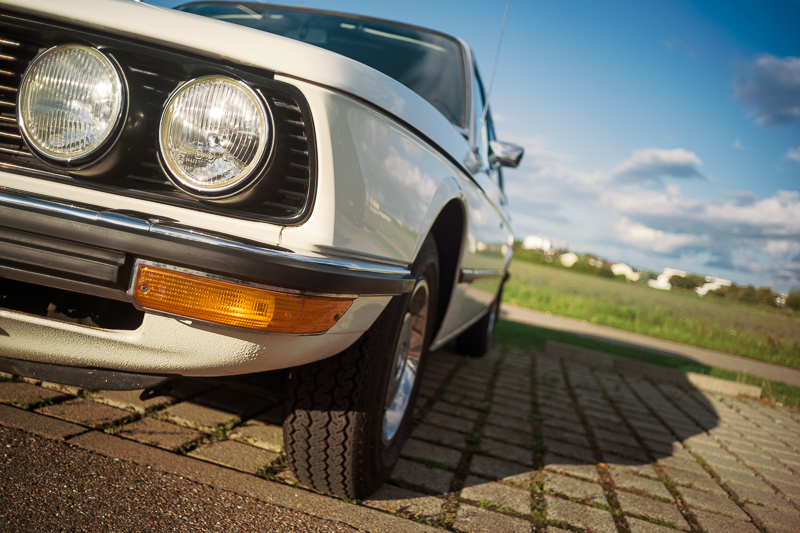
For faster (and closer focusing) 28mm lenses that are more suited to the task of environmental portraits best have a look at the alternatives section at the end.
Chromatic Aberrations
lateral
The Minolta 28mm 2.8 M-Rokkor shows only a low and easy to correct amount of lateral CA.
longitudinal
Now bokeh fringing cannot really be a problem because there is not a lot of bokeh to begin with, but what about purple fringing?
You have to look really close to spot some faint purple fringing in an extreme scenario like this and then you will only be able to spot it at f/2.8, not stopped down to f/4.0 or further. A good performance.
Conclusion
good
|
average
|
not good
|
Generally, especially considering this Minolta 28mm 2.8 M-Rokkor was meant as a “low cost” 28mm lens when it was released, the optical performance is really quite good. On film or digital Leica M cameras already at f/2.8 the resolution is really good across the whole frame at infinity without any obvious midzone dip. When used on a Sony E or Nikon Z camera stopping down to f/8.0 or better f/11 to get some details in the corners is advisable though.
On top of that this lens is small and lightweight, distortion is well corrected, CA correction is good, sunstars stopped down are nice. So what is not to like?
Well, there are two things to be aware of:
The not so significant one is the minimum focus distance of 0.8 m. This is way too long for me in a 28mm lens and this would be reason enough for me to pick one of the alternatives already.
The more significant one is the white dot issue, especially because it seems to be a recurring problem. Even if you buy a clean lens today it will most likely develope some issues over time.
I am not exactly sure what is the problem. Some people say the paint dissolves and can lead to oil residue on the rear of the front element, others also claim that if this isn’t fixed, it will lead to corrosion of that element and permanently damage it.
Either way, I think it has a strong negative impact on the flare resistance and general contrast of this lens, as I had to deal with veiling flare in situations where I really didn’t expect it.
Now if you are a bit of a tinkerer and you find one of these lenses in such a condition that you are able to restore it, this can be an interesting, affordable 28mm option for you.
For everyone else the latest Voigtländer VM 28mm 2.8 Color-Skopar Type II is probably the better option, see the Alternatives section below.
You can buy this lens from ebay.com (affiliate link) expect to pay $200 for one full of white dots and $450+ for one in actually good condition
Alternatives
I reviewed quite a few 28mm M-mount lenses ranging from f/1.4 to f/5.6 all listed on this page and I will only talk about the real obvious alternatives here.
Voigtländer VM 28mm 2.0 Ultron MKII:
Probably the best balanced 28mm lens for M-mount. It is similarly sized and only 50g heavier than this Minolta lens, but a full stop faster, focuses down to 0.5 m and has nicer build quality.
I can hardly think of a category where this Voigtländer lens doesn’t perform better, not too surprising considering it is a 40 years younger design.
buy from B&H | ebay.com | ebay.de (affiliate links) for $799
Voigtländer VM 28mm 2.8 Color-Skopar:
As of 2023 this is Cosina’s latest 28mm lens. It is noticeably more compact and even a bit lighter than the Minolta lens and except for the high vignetting its performance is pretty much impeccable.
It costs almost as much as the aforementioned 28mm 2.0 though, so if you are not really after having the smallest lens, I would recommend to go for the faster f/2.0 one instead.
buy from ebay.com | B&H (affiliate links) for $699
Leica 28mm 2.8 Elmarit-M:
This Leica lens sits inbetween the two aforementioned Voigtländer lenses size wise. It does also offer a complex optical design and according to Fred Miranda’s comparisons the Voigtländer is sharper in the center at wider apertures whereas the Leica is sharper in the midframe and show slightly less vignetting. I am not sure how they compare with regards to flare resistance though where some Leica lenses disappointed me quite a bit in the past.
buy from B&H | ebay.com | ebay.de | amazon.com (affiliate links) for $2795
There are also a Zeiss ZM 28mm 2.8 Biogon and a Konica Hexanon-M 28mm 2.8 available, but I don’t know enough about either to tell you how they compare to this Minolta.
For E-mount and Z-mount users, lenses like the Sony FE 28mm 2.0 and Viltrox 28mm 1.8 AF are probably better choices, if you haven’t sufficiently covered this focal length in one of your zoom lenses anyway.
Further Sample Images
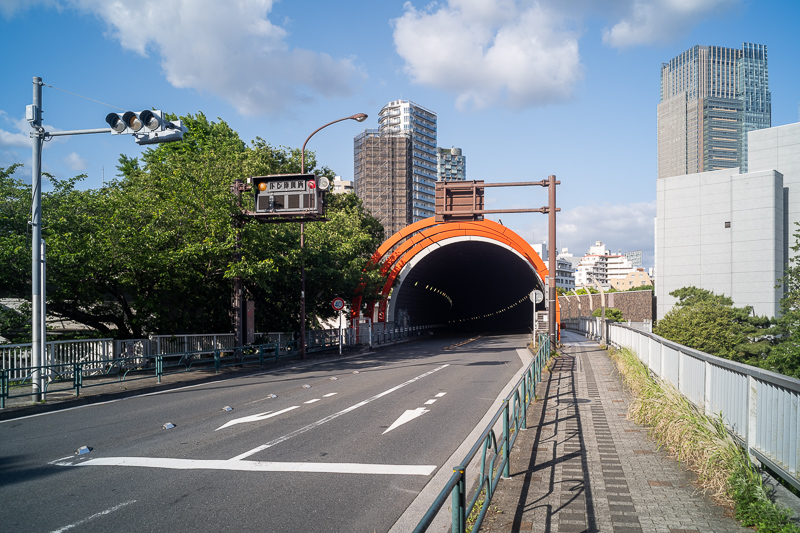
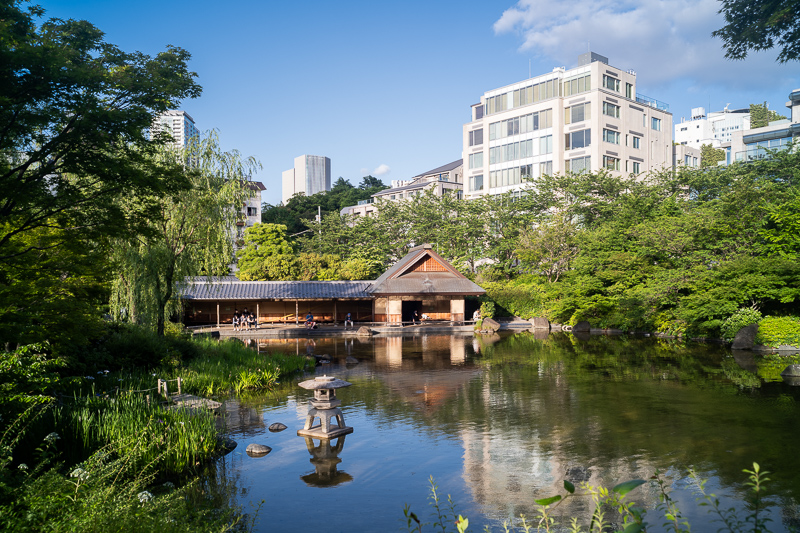

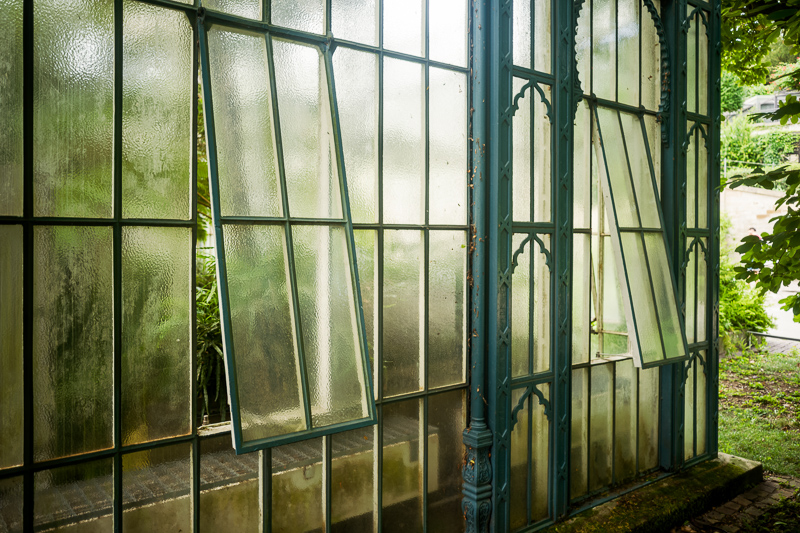
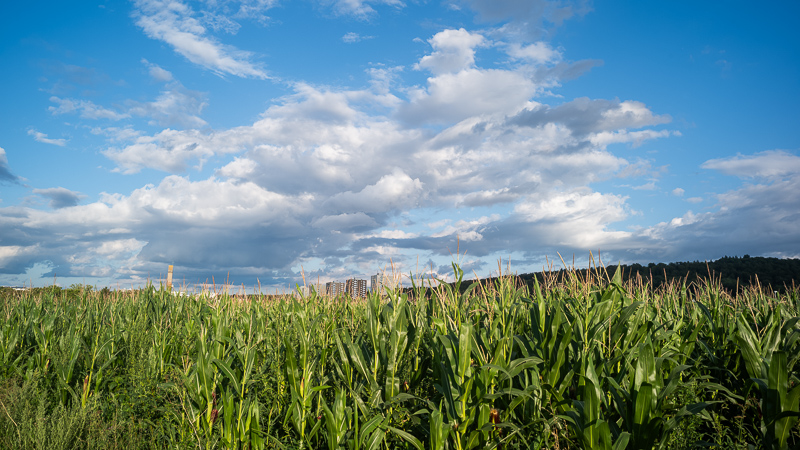
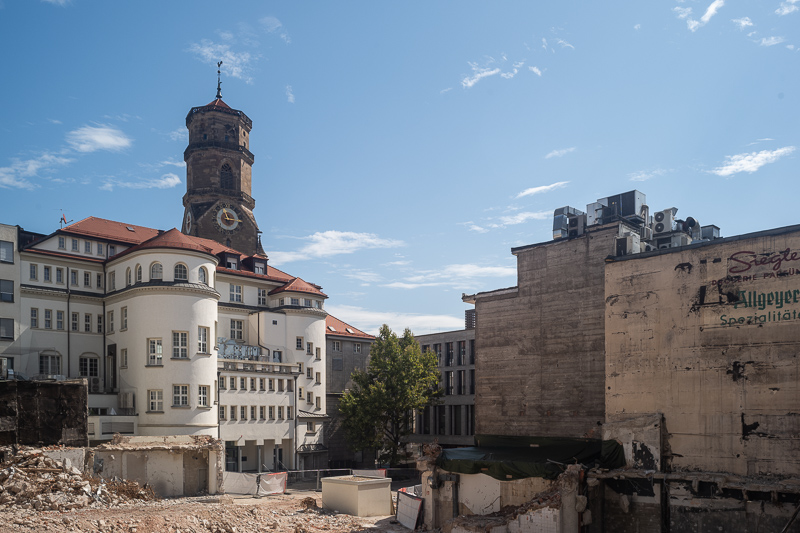
You can find most of the sample images in full resolution here.
Further Reading
- All M-mount lens Reviews
- Analogue Adventures
- Technical Knowledge
- Review: Laowa 9mm 5.6 – World’s widest lens
- Discuss this review with our Discord community
Support Us
Did you find this article useful or just liked reading it? Treat us to a coffee!
![]()
![]()
![]() via Paypal
via Paypal
This site contains affiliate links. If you make a purchase using any of the links marked as affiliate links, I may receive a small commission at no additional cost to you. This helps support the creation of future content.
Latest posts by BastianK (see all)
- Review: SLRmagic 50mm 0.95 Hyperprime LM - July 5, 2025
- Full Resolution Pictures getting fixed - July 4, 2025
- Analogue Adventures Part 42: A wedding with Eastman Double-X 200 - July 2, 2025
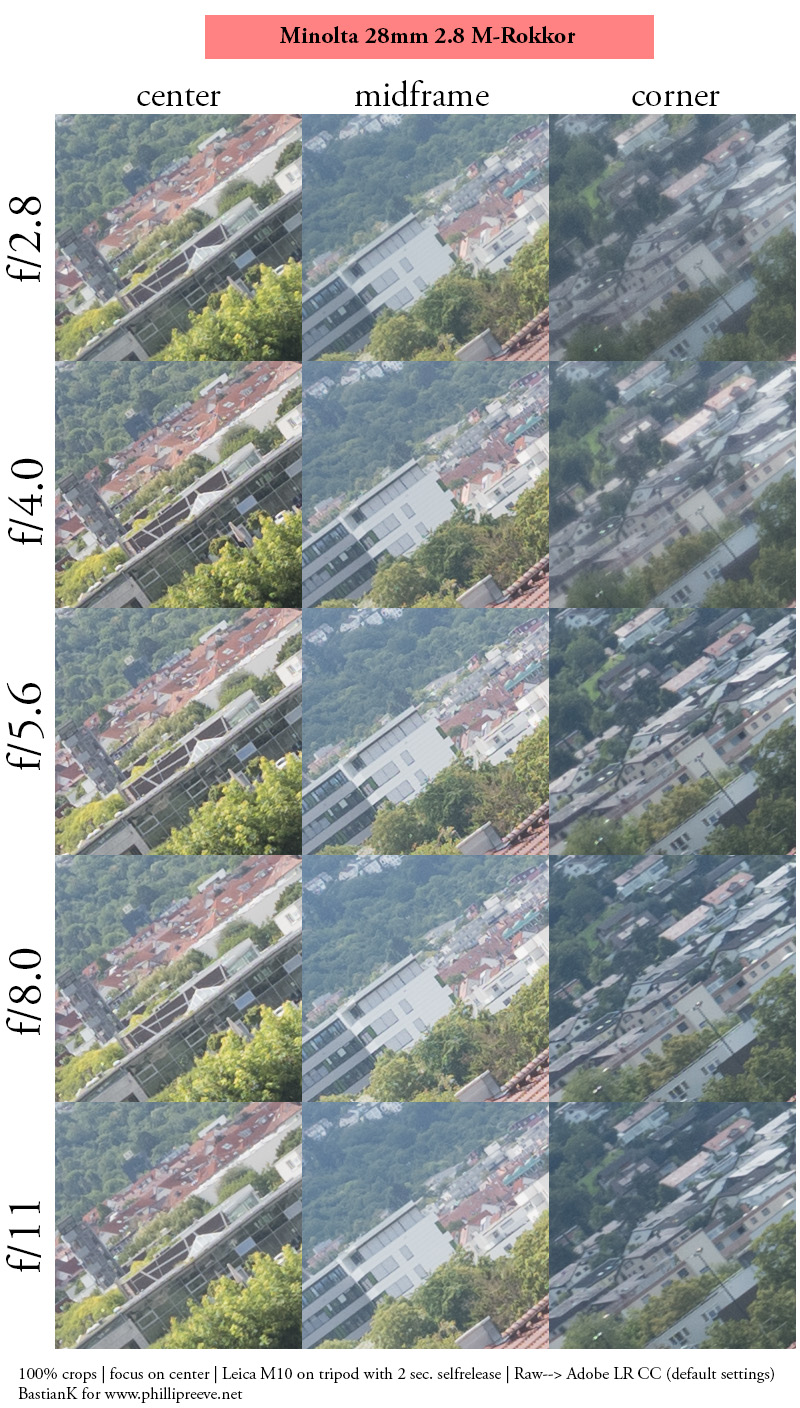
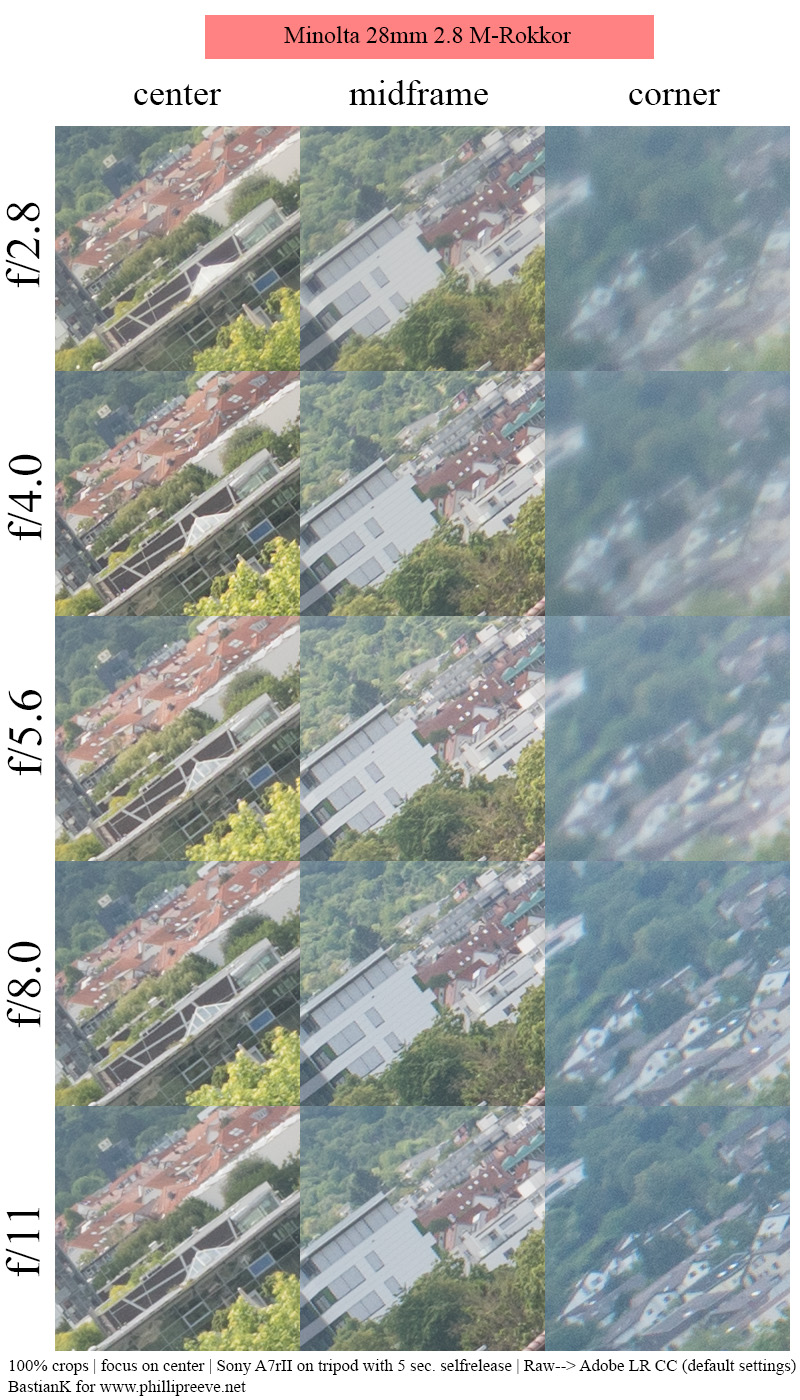

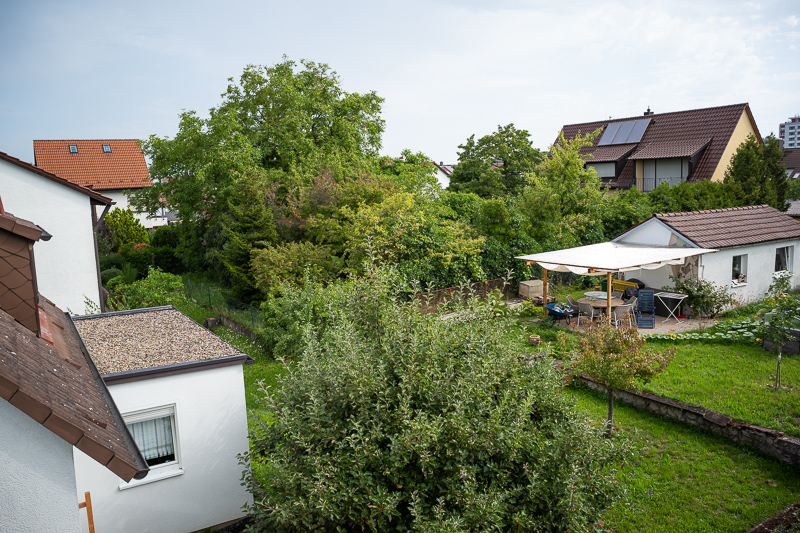


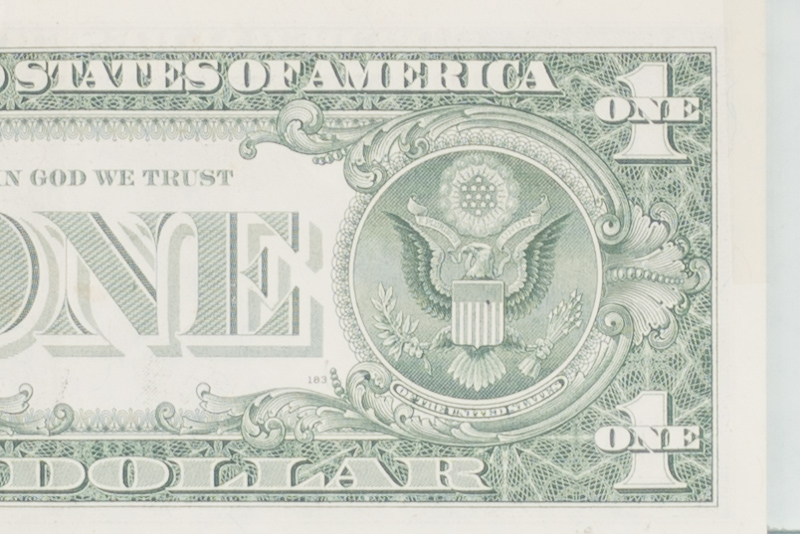
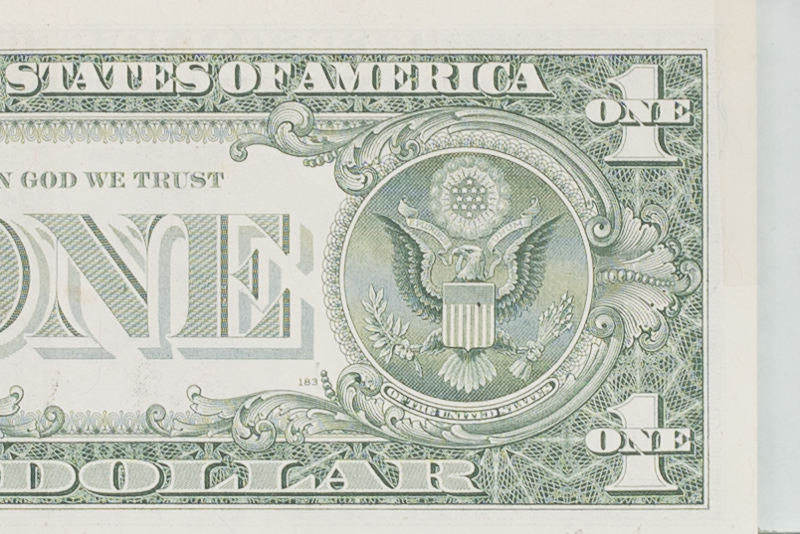
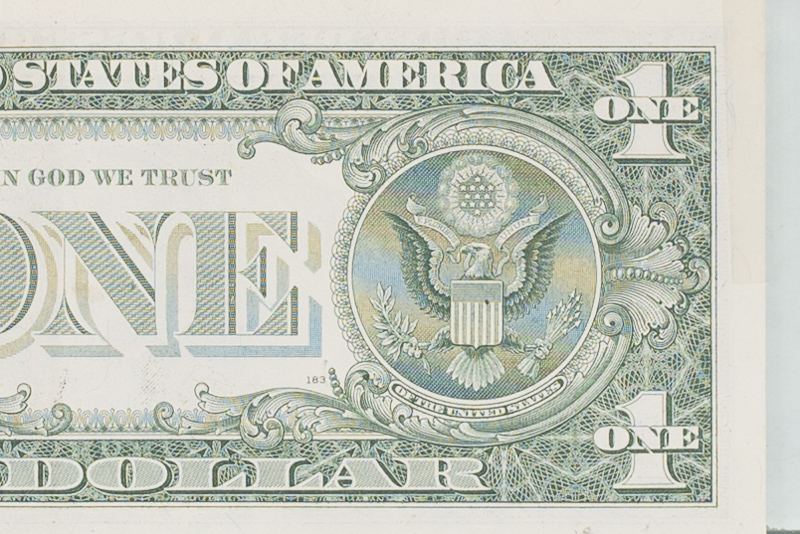
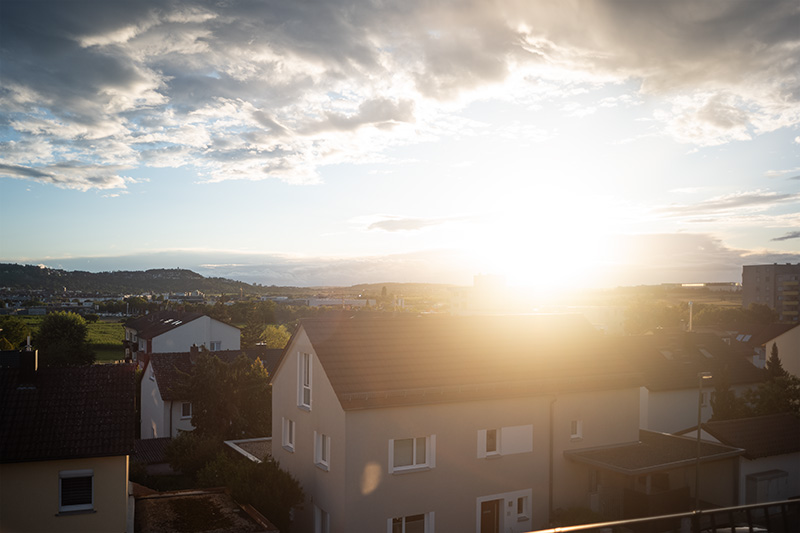
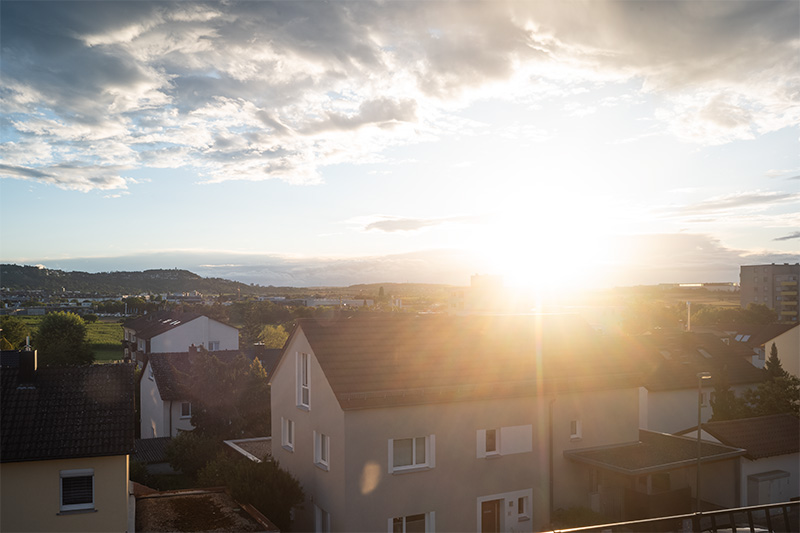

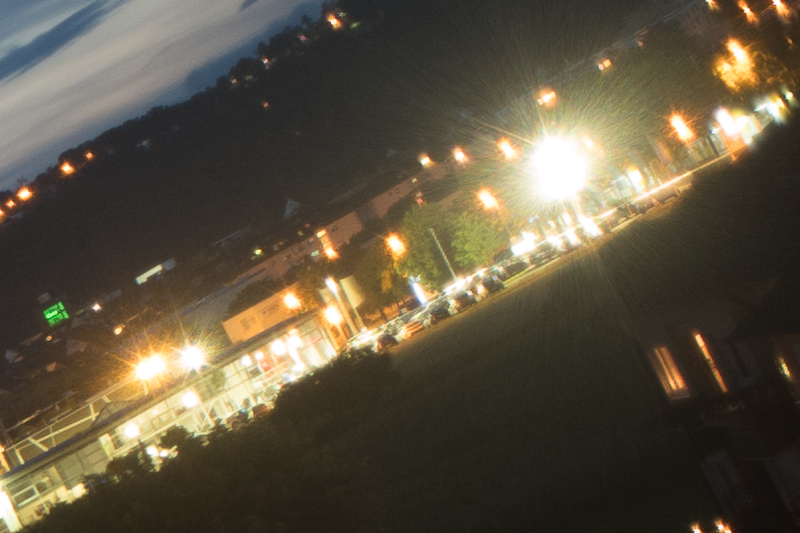
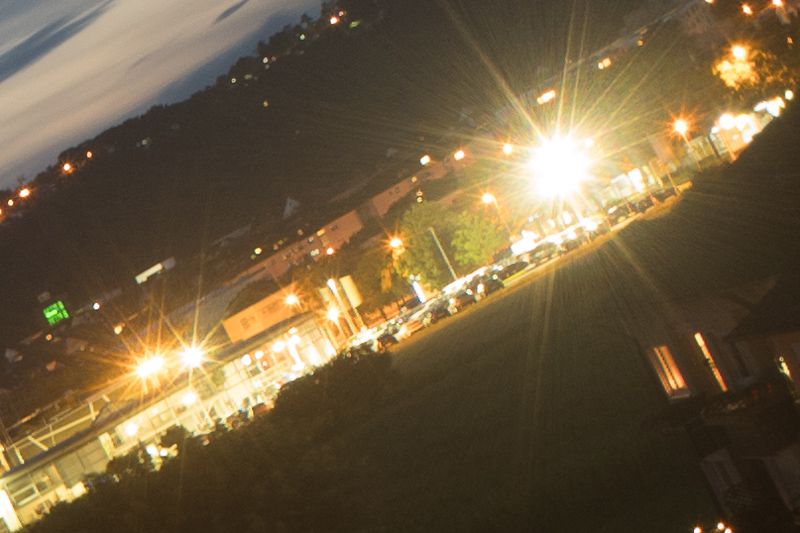
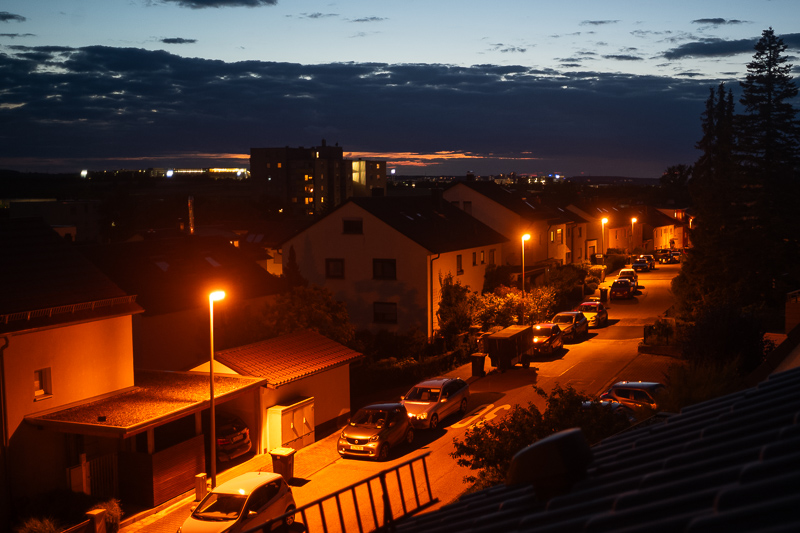
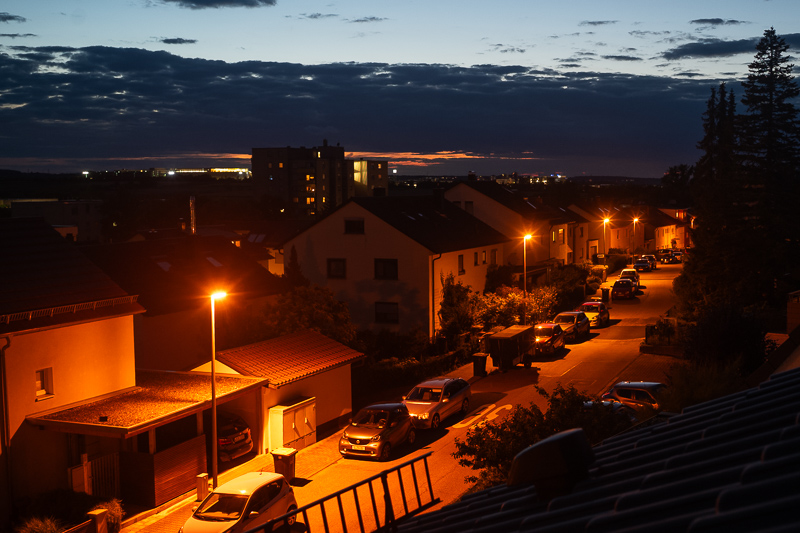

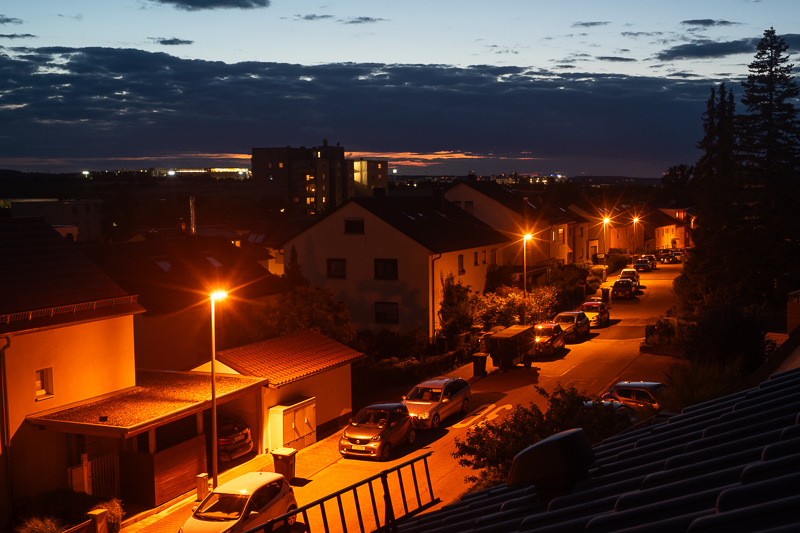
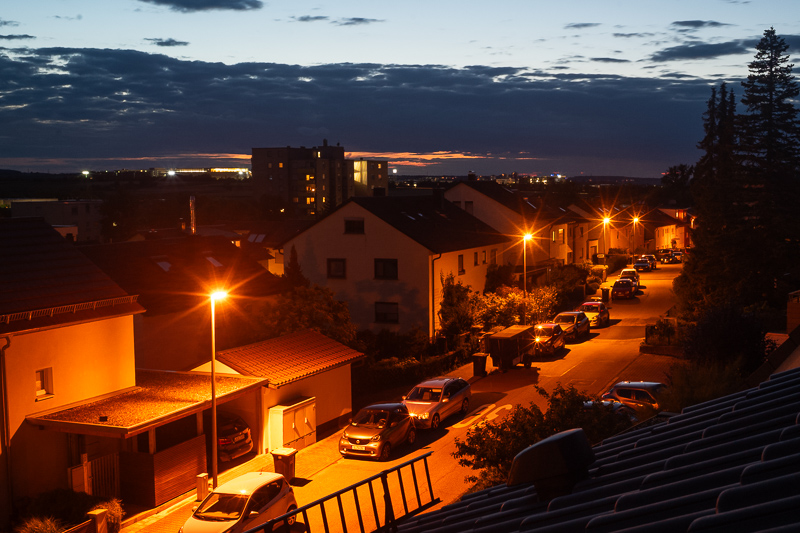
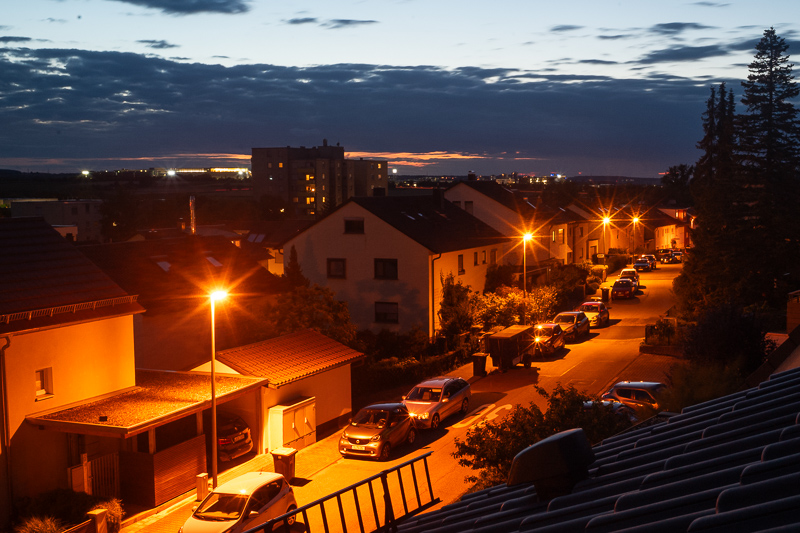
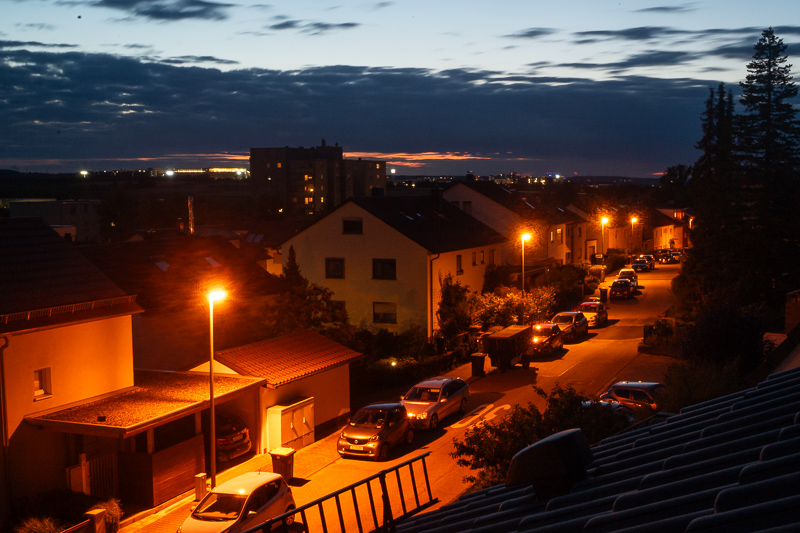
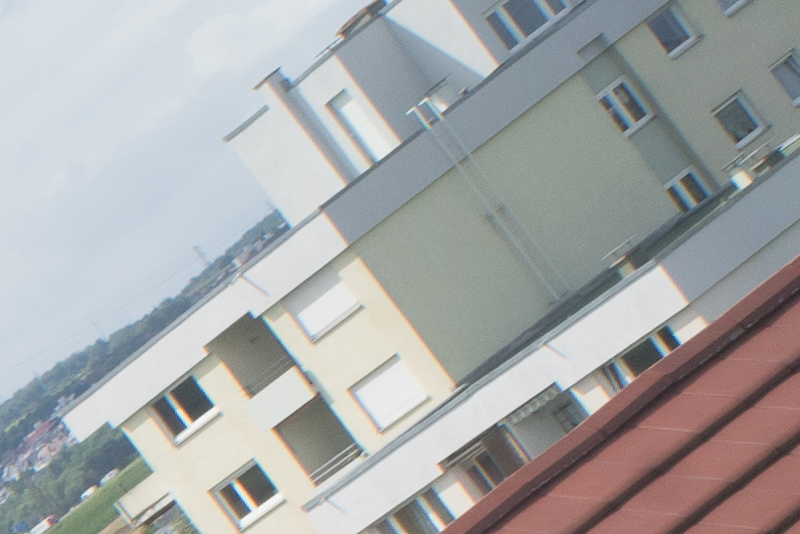
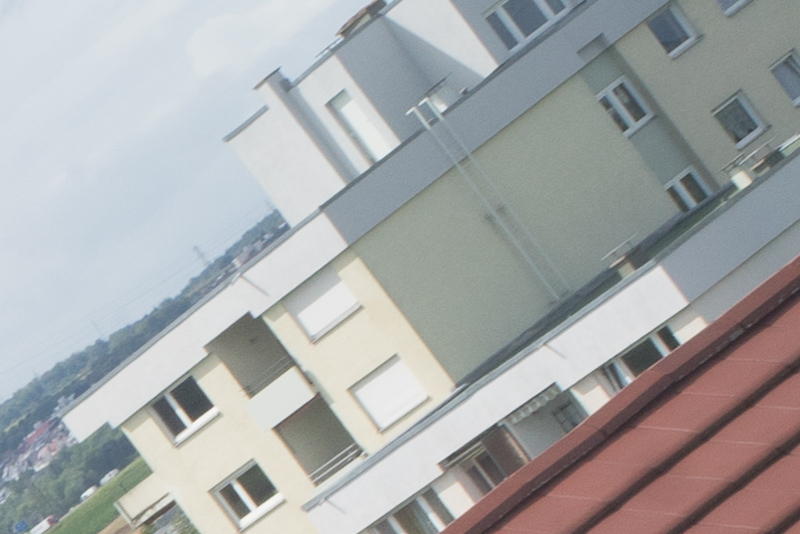
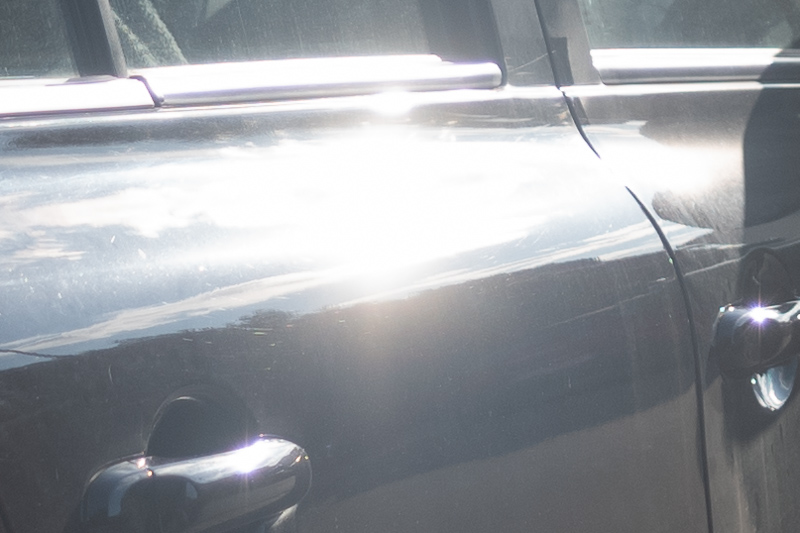
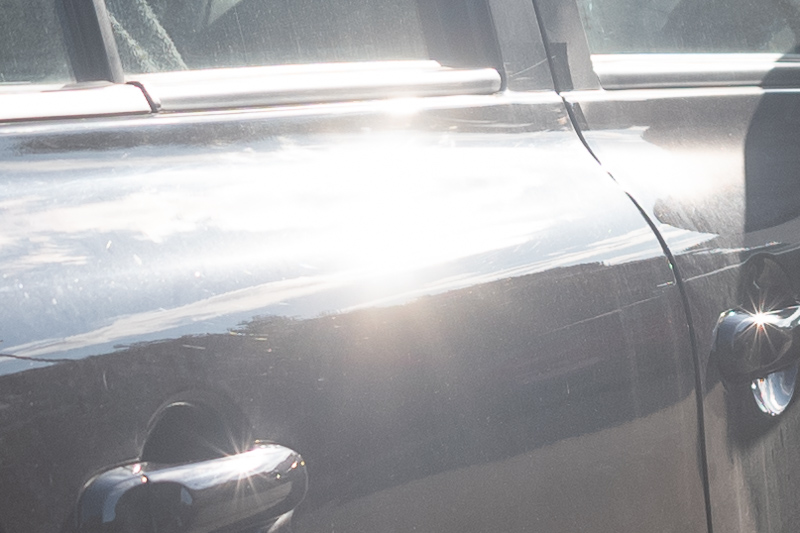
I have a sample of the M-Rokkor 28 2.8, which I luckily got very cheaply as the seller mistakenly described it as having fungus (instead of the white spot problem).
It’s my understanding that all samples developed the problem and, by now, any lens which is now clear it’s because it’s already been cleaned.
Also, apparently, cleaning it is NOT a do it youself job, as there is a sealed block inside which needs the right skills/tools to open and re-align.
I therefore sent mine to a repair shop in The Nehterlands (€ 150 about five years ago). They warned me that it wouldn’t be perfectly clean and I declined to have the inside of the lens barrel re-blackened, but despite that there are only very faint traces left (much, much less than the photo of Bastian’s sample).
My sample has no play in the focusing ring. Corner sharpness on a Sony A7RII is better than what Bastian reports (IIRC, f/4.0 was already pretty good and f/5.6 very good). I also don’t experience an abnormal anount of flare (for a classic lens). I do consider it to have a slightly lower contrast and a tendency towards pastel colors, but then I was usually comparing it to a Pentax K 28 3.5, which looks as if it has a built-in polarizer (very saturated look).
A nice little lens which I don’t use much. I keep thinking that I should use it more, but my difficulty in finding a role for the 28mm focal length might also explain that. I will probably end up selling it.
Anyway, much nicer than almost all the other legacy 28s I’ve used.
Well, mine is totally clean and has never been cleaned according to the seller. I guess the seller could be mistaken.
Great review. I’ve had two copies of this lens and everything you said is accurate to my experience. The first didn’t have the white dots yet but did have a thin layer of haze. It was a bit like having a permanent diffusion filter, which was sometimes nice but not ideal. I chose to get the lens professionally cleaned but the glass was cracked in the process. You need to cut the front element out of the aluminium casing to get it out so it’s quite a difficult repair job. I was given a mint condition copy as a replacement and have been very happy with it since. I would definitely recommend spending a little extra to get a clean copy rather than trying to repair a cheap one.
I think it’s common to have a bit of play in the helicoid on these. My current 28mm does not have it but my original one did. My 40mm m-rokkor also exhibits a bit of the issue too.
I think the Voigtlanders are much better lenses but I like to keep the m-rokkors just because I have a CLE and want an original set.
It looks like it takes some really beautiful pictures. However, I wonder if there is a rationale to buy this lens beyond having it as a collectors item, given how it compares to modern optics by Voigt.
I guess it does have an incredible amount of 3Dness, even despite the lower contrast from the haze/white spots. I can see that 🤔
Yeah well…
That’s mine lens, and I’m actually surprised by relatively poor sharpness in the corners in Bastian’s A7r2 tests, from what I remember it was better on Sony, but maybe that’s adapter/focussing sensitive (or maybe my “corners” were not as extreme, I don’t have open horizon from my balcony). In any case, I normally don’t shoot landscapes, so don’t care that much for extreme corners at wider apertures. The mid-frame is already good wide open, so I don’t hesitate to use it for street-type shots at all apertures (mostly use f4) even on Sony, not mentioning film (where I mostly use my M-lenses).
In fact, I consistently prefer it in practice to FE28 (which I don’t like at all to be honest). The reason is MF (more consistent and fast than AF on A7r2) and “muted” rendering which I actually quite like. The main advantages are, however, size (not too small/finicky, not too big/heavy, balances well on leica), and price (can be had for <200 eur, mine was even less than that).
I think that's actually the only cheap/good option for a small lens on film Ms, although I might have missed some new Chinese arrivals.
When buying it, look more to the oil residue on the inner side of the front element than the "white spots" themselves (seen from the front on fhe lens) – some copies have very strong "white spots", but no/almost no oil inside! The "white spots" seen from the front of the lens are just bubbles on the blackening of the sides of the front element and have essentially no impact on IQ, the bad guys are oil drops seen when you shine light through the lens. Those strongly reduce contrast, damage coatings, and tend to return over time (my lens was cleaned several years ago, but upon inspection when sending it to Bastian I saw that oil drops returned 🙁
Very nice and fair write up of this lens. it’s a shame about the coating issue inside the front sealed group. I was interested to read that your example brought up the proper framelines on both cameras. I’ve owned two of these and they both brought up the 35mm lines when mounted to M mount cameras outside of the Compact Leica line. This was never a deal breaker for me as I can’t see the 28mm lines with my glasses anyway, lol.
I will double check!
28 and 35mm framelines are possible to mix up.
it does bring 28mm on my m4p if it helps,
so, it seems that something is wrong with my m4p – I took the same lens to the shop and another m4p did bring 35/135. Strange… I’m happy about it though 🙂
You are right, it brings up the 35/135mm pair, thanks for pointing out my mistake without pointing it out 🙂
I also know these “white spots” from various large format lenses I have owned. Especially with Schneider-Kreuznach lenses they appear and are called “starry sky”.
The cause is the black coating on the lens edge, which has become porous.
Schneider had bad luck with this coating in some earlier series.
Because of the reflections in the different lenses, it sometimes looks like more damage than it really is.
I have not noticed any major impact on image quality, although theoretically the contrast might be reduced. I think the Minolta lenses have the same problem as some Schneider-Kreuznach lenses at that time.
The white spots on the black paint inside the lens barrel you describe actually have a name: “Schneideritis”. That, because it frequently affected Schneider lenses.
It’s different from the white spots affecting the 28mm M-Rokkor (though they also get Schneideritis as well). which are on the lens’ glass surfaces and have a much greater impact on image quality.
I was always put off getting one of these for my CLE by the prevalence of the ‘white dots’, so I went for Zeiss 28mm instead. Could never find a Minolta 40mm on its own so I went for the Voigtlander 40mm instead. I did manage to get a Minolta 90mm though. CLE now retired but the lenses still get used on Leicas.
I currently have the Minolta CLE (great little camera)with the 90mm-f4 Minolta ,the 40mm-f2 Minolta and the 28mm-f2 Voightländer. I had the Minolta 28mm-f2.8 but it was suffering from Schneideritis, haze and white dots on the front lens element. It got worse over the years.
There was a time when the CLE first came out and Minolta realized the 28mm lenses was defective and repaired/replaced them. However, most of the lenses that I see being sold are showing some signs of these common defects.
Unless, the owner/seller can give the the history of the lens( if it was repaired, replaced, etc..) I would generally avoid the 28mm Minolta. It’s hard finding a clean sample and when found they are normally overpriced.
Peace
I bought one of these M-Rokkor 28mm lenses years ago from a fellow forum member that claimed it was one of the units that Minolta had addressed under warranty. While all of the images that the seller provided showed a like new lens with no signs of dots/spotting, I was ultimately taking his word regarding the history of the lens. (So far so good.)
The primary reason that I wound up taking a chance on the lens is because I have long had a soft spot for Minolta products and I already owned a CLE to pair it with (in addition to the M-Rokkor 40mm lens). Considering the prices and the range of alternatives today I can understand why others might choose differently.
Hello, I purchased this lens in 2020. I shopped for a lens in great shape but had a bad case of schneideritis (white dots). I knew that I would have it “professionally” repaired by a guy in Germany.
They primarily repair Leica lenses but are familiar with this lens and restored this lens to perfection.
It is now one of my favorites.
If you can find the right deal & interested in having it restored, let me know & I will provide the contact info.
Floyd
Minolta CLE lens 28mm f2.8 affected by white dots (schneideritis)
I thought I’d share the contact info with you of the guy that completely restored my lens.
You will be without your lens for several weeks but he is very talented & will respond to requests for updates.
CONTACT name is –
Dieter Tabellion
ADDRESS –
Am Burgerhaus 15
Troisdorf, NW 53840, DE
491634936548
WEBSITE – https://www.lens-repair.de
EMAIL – lens.repair@yahoo.com
Hi there, I stumbled upon this post after buying one for myself that is close to beyond rescue.
I offer service for this lens where the front element is removed by cutting the retaining wedge (the only option tbh). the lens doesn’t really need centering as it sits quite tight even with the wedge but has some play in some cases. If you clean your lens with a wipe you could possibly rotate it is what I’m saying.
I am located in Vienna Austria for the time being. It will cost 150 to fully repair it, if the front element is beyond repair we can consider sending for polish and recoating.
Baris Tandogan, baristandogan_ on Instagram.